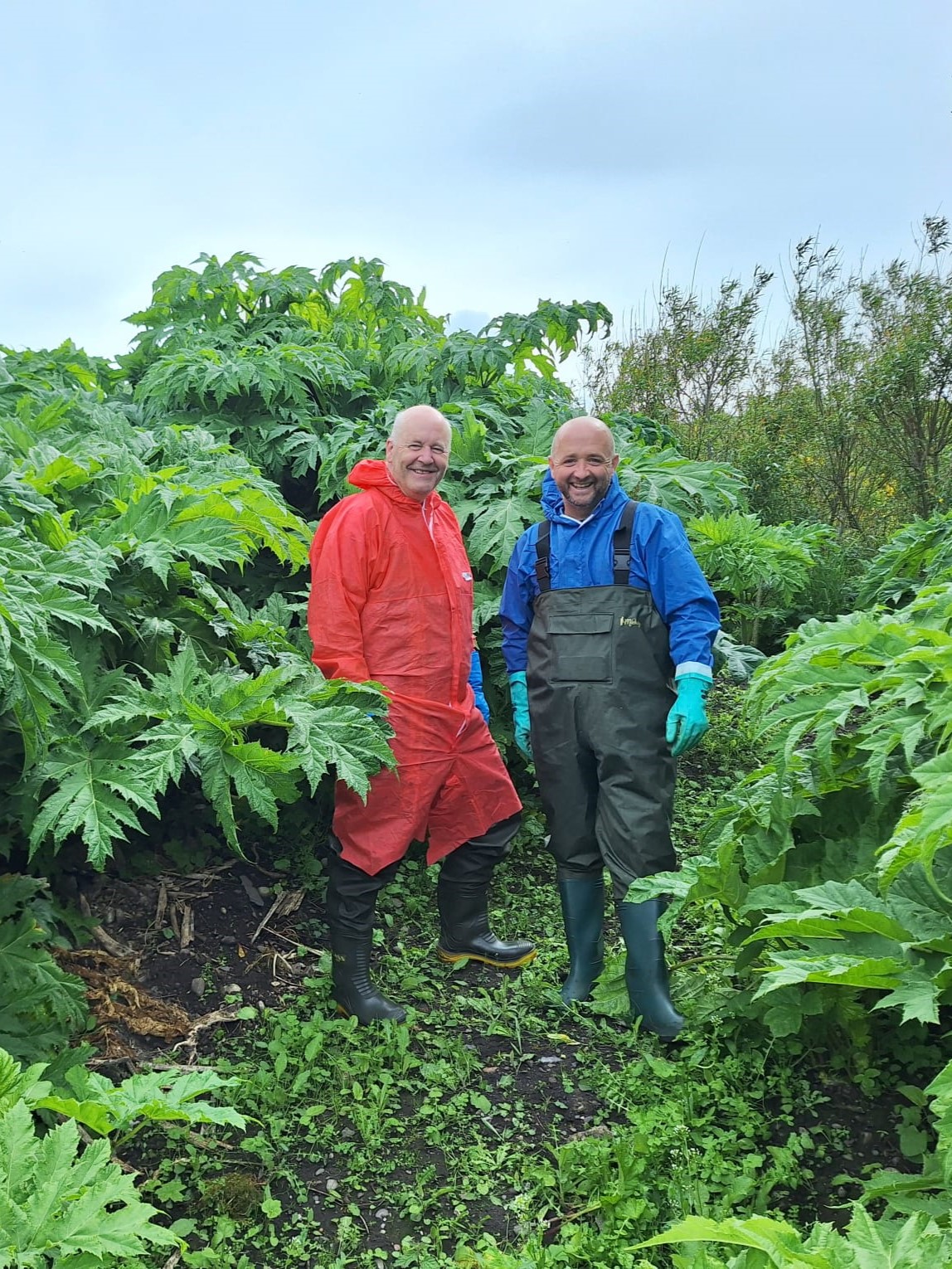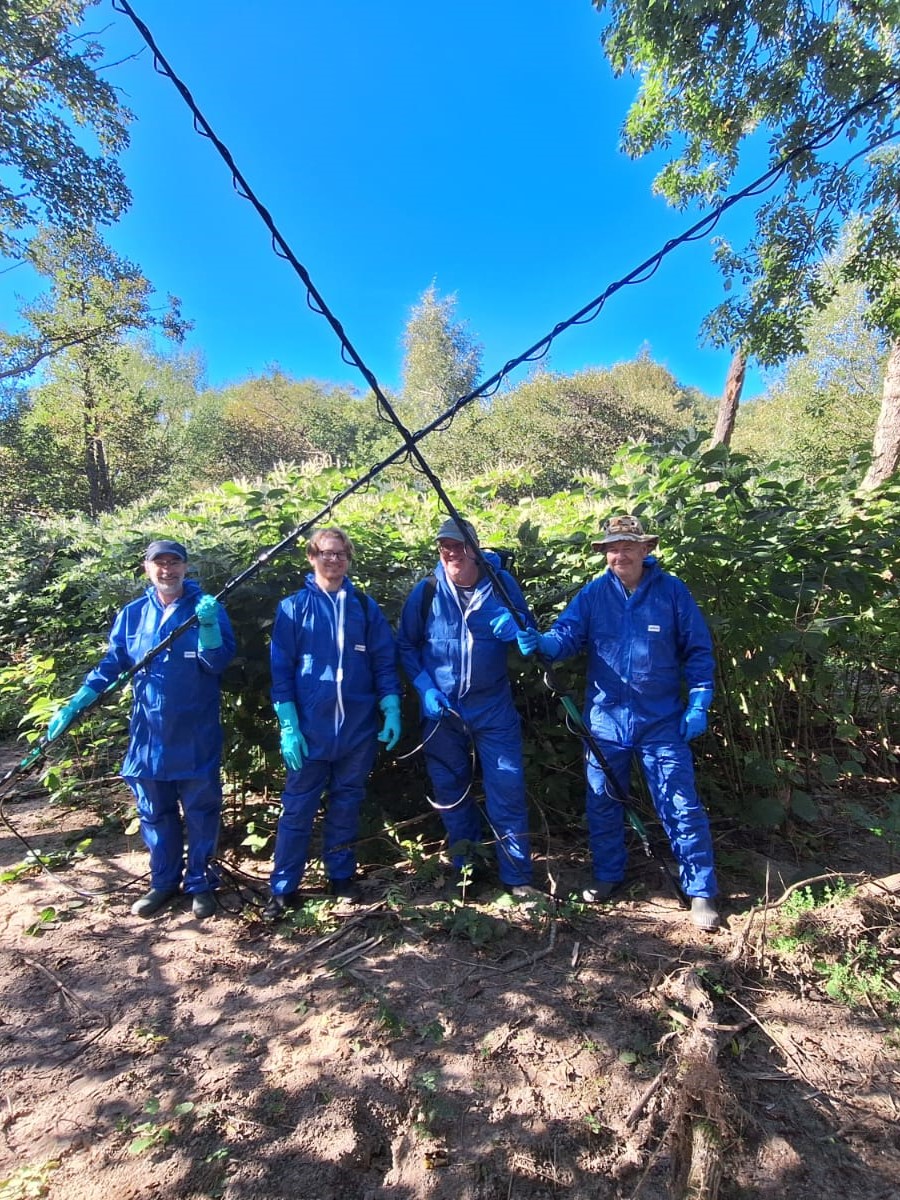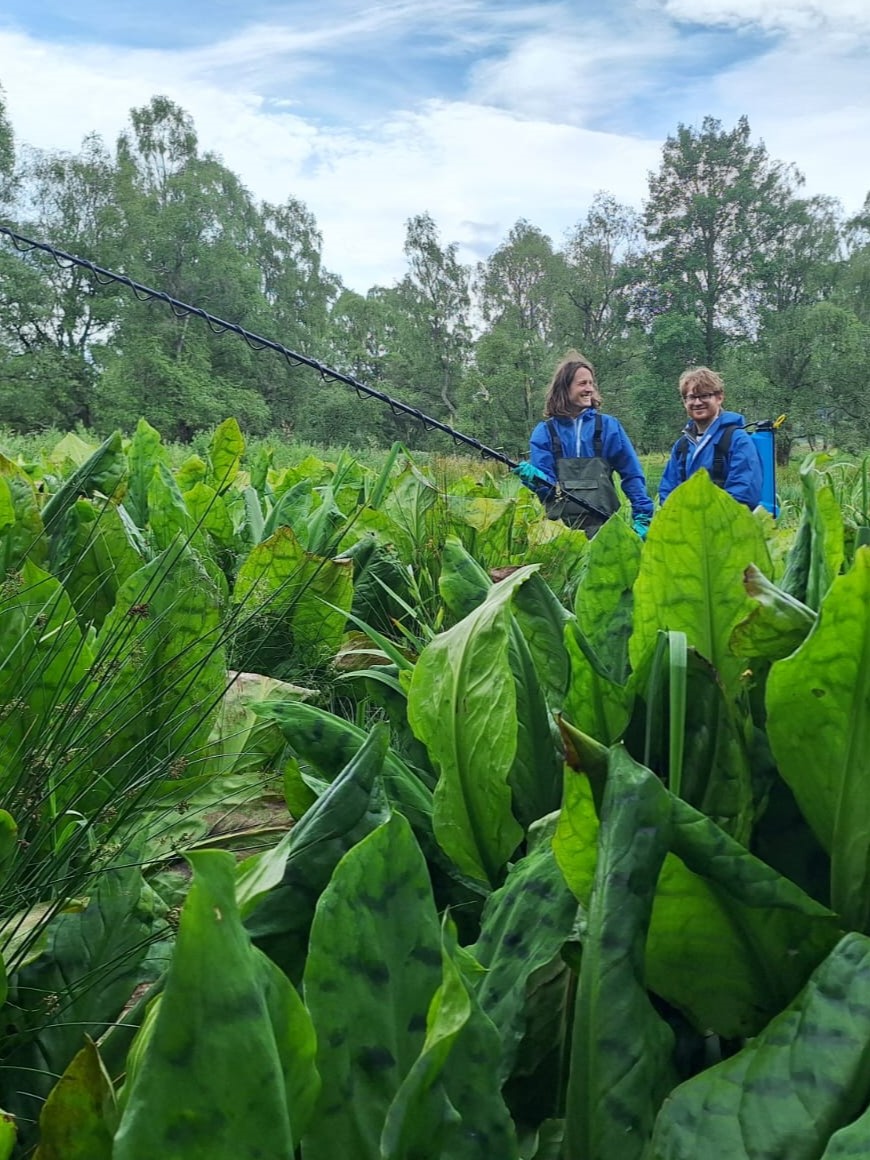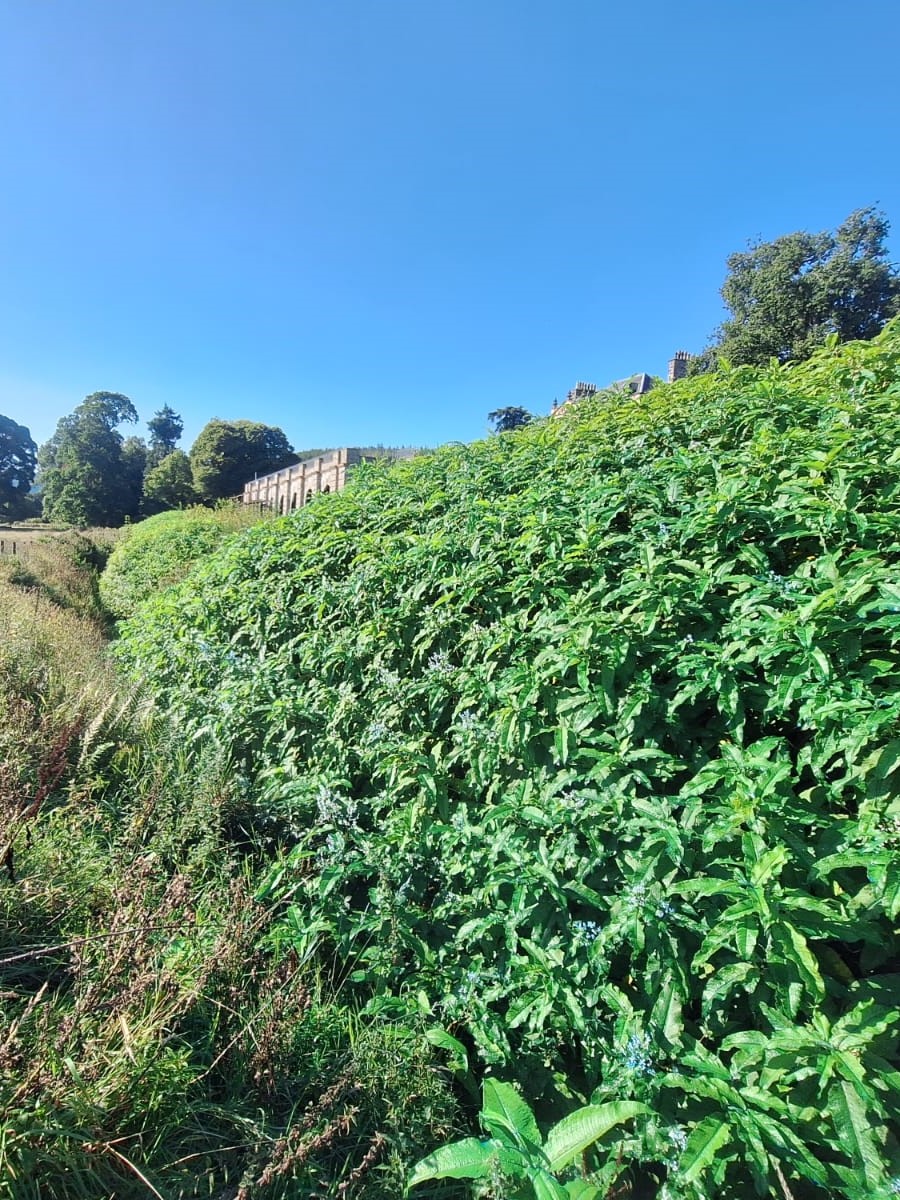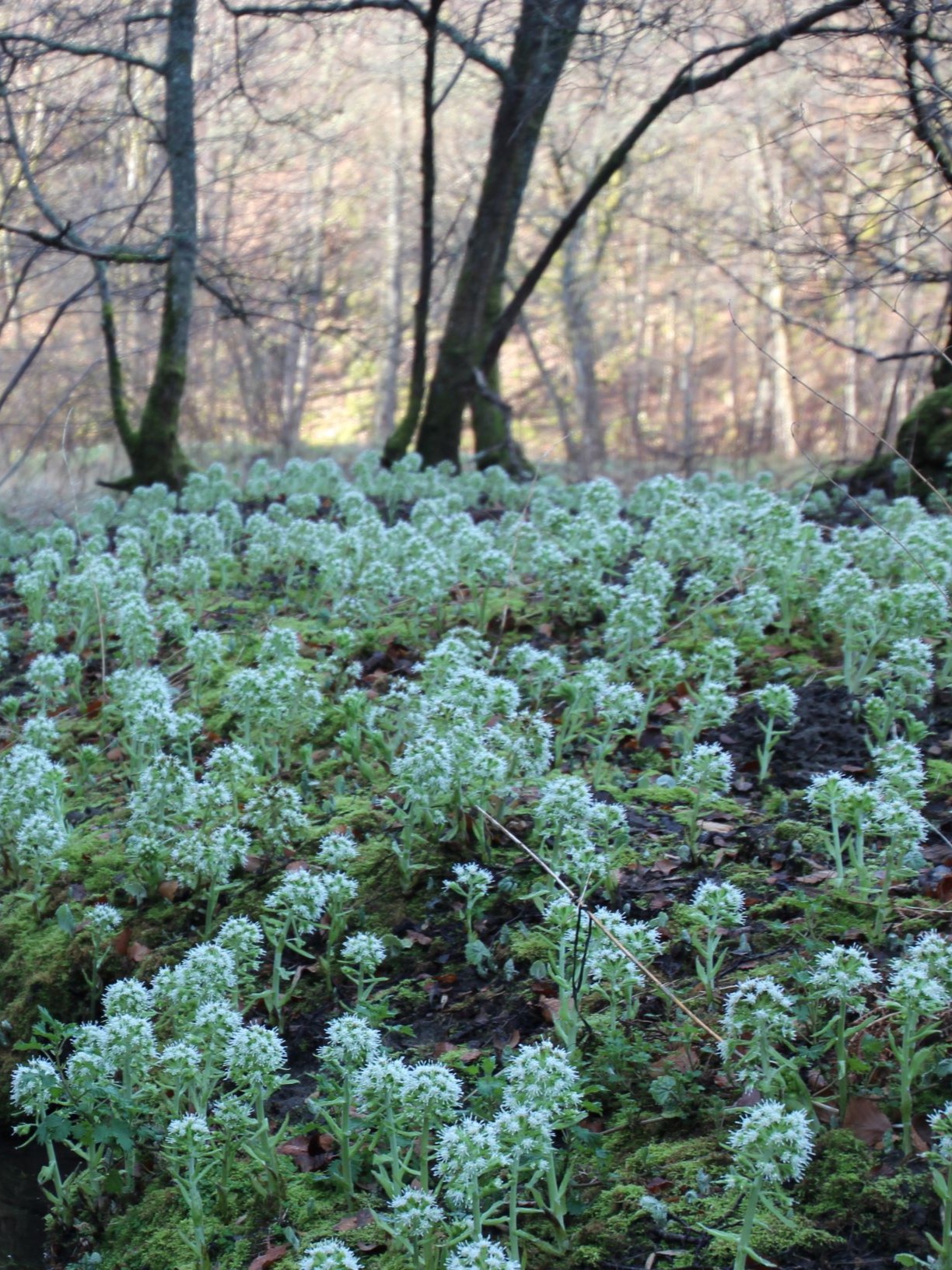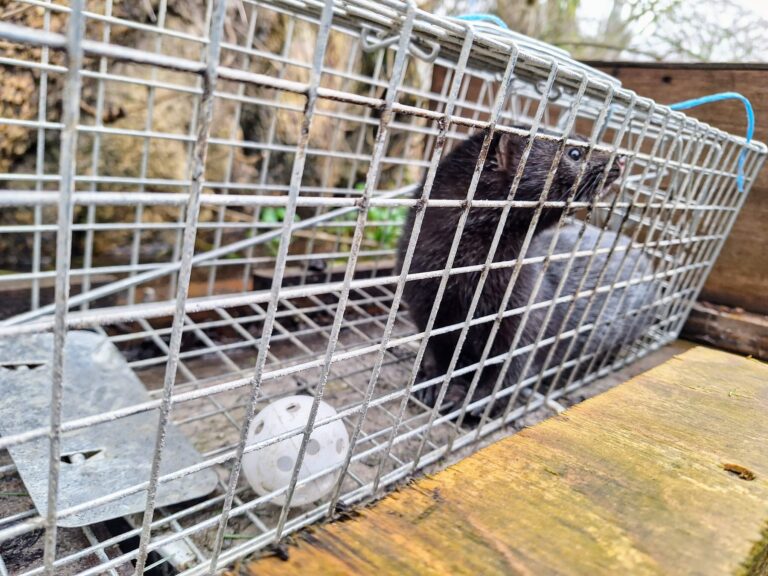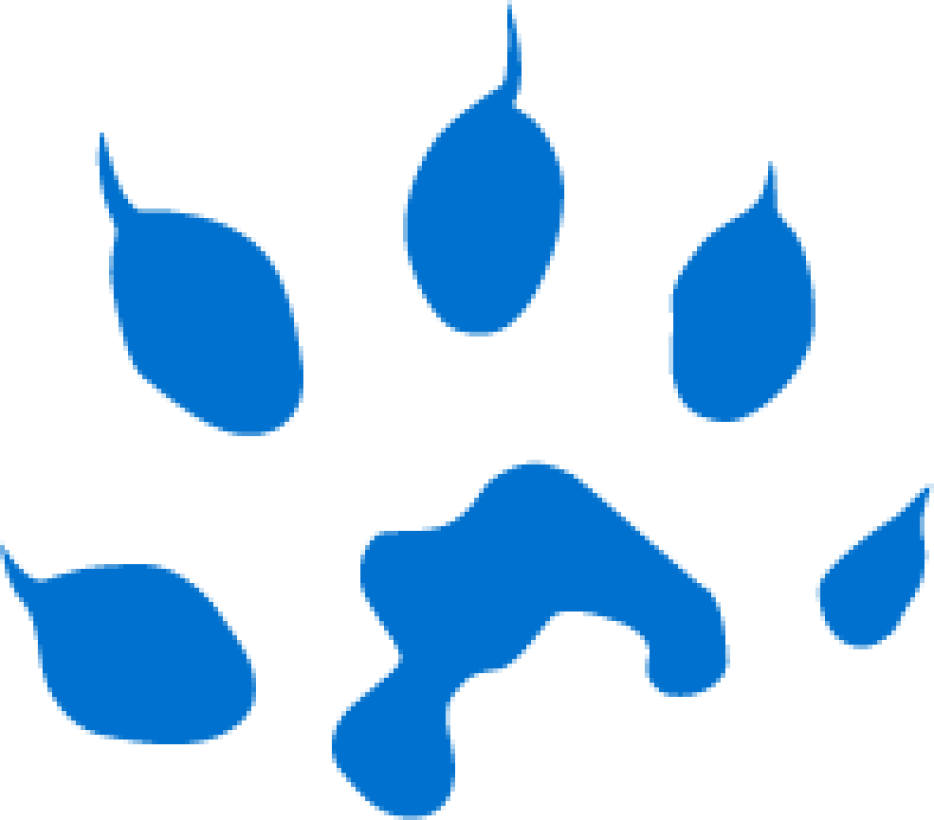The River Spey
The Spey is the second longest and fastest-flowing river in Scotland. From its source at Loch Spey in the Monadhliath Mountains, it flows 172 km (107 miles) north east through the Cairngorms National Park and meets the North Sea at the Moray Firth.
The River Spey drains an extensive upland catchment, covering approximately 3,008 km² (1,161 square miles). Flowing from its source 16 km (10 miles) south of Fort Augustus, it descents through Newtonmore and Kingussie, crossing Loch Insh before reaching Aviemore. As the river flows through north east Scotland it passes many villages and towns including Boat of Garten, Grantown-on-Spey, Rothes and Fochabers. It is fed by many tributaries including the Rivers Calder and Dulnain (draining from the Monadhliath Mountains) and the Rivers Fiddich, Avon, Nethy, Druie, Feshie, Tromie and Truim (draining from the south-east Cairngorms) before eventually reaching the sea at Spey Bay, five miles west of Buckie.
The Spey is world-famous for its whisky distilleries and salmon fishing. It is designated a Special Area of Conservation (SAC) and a Site of Special Scientific Interest (SSSI) for its populations of Atlantic salmon, freshwater pearl mussels, sea lamprey and otters, which are considered of national and European importance. There are many other designated sites across the catchment including Spey Bay (SSSI, SAC), the Burn of Ballintomb (SSSI) and Insh Marshes (SAC, SSSI, SPA (Species Protection Area)).
Our project partner for the Spey catchment is Spey Fishery Board.


